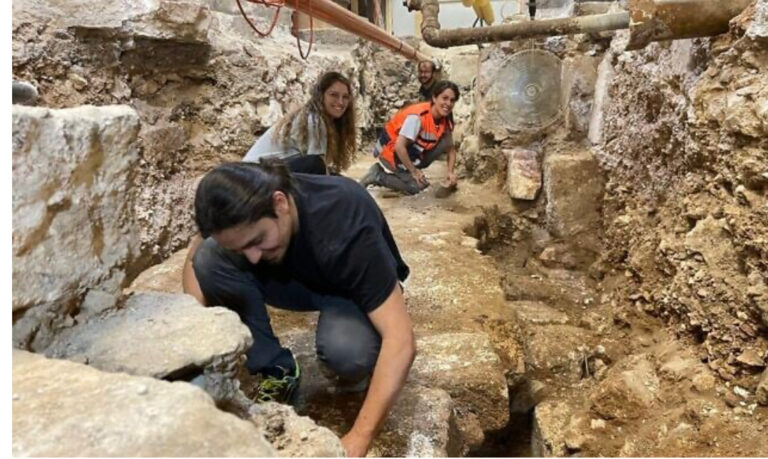By Michael Ashcraft —
For centuries, the Bible seemed just plain erroneous. John said Jesus’ tomb was in a garden (John 19:19-20), but its historical setting was in a quarry. Rocky places are not known for good soil and flourishing olive trees. Atheists added it to the list of supposed contradictions and impossibilities in the Bible.
Well, the rock just got dynamited. Archaeologists — poking around the digging for renovations at the Church of the Holy Sepulchre in Jerusalem — have found evidence for olive trees and grape vines right in the quarry.
“Now in the place where he was crucified there was a garden; and in the garden a new sepulcher, wherein was never man yet laid. There laid they Jesus,” reads John 19:19-20.
The site believed historically where Joseph of Arimathea deposited the body of Jesus was a quarry for the Iron Age, says Francesca Romana Stasolla, full professor of Christian and Medieval Archaeology at Sapienza University of Rome. But by the time of Jesus, it was no longer serving as a source of building materials and had become a cementery.
What’s surprising is evidence that dirt was hauled in to make a garden.
“Low stone walls were erected, and the space between them was filled with dirt,” Stasolla says. “The archaeobotanical findings have been especially interesting for us, in light of what is mentioned in the Gospel of John, whose information is considered written or collected by someone familiar with Jerusalem at the time. The Gospel mentions a green area between the Calvary and the tomb, and we identified these cultivated fields.”
Because Christians passed on from the generation to generation the belief that the place was in fact where Jesus was buried before being resurrected, the Roman Emperor Constantine erected a church there 335 BC. It was burned by attacking Persians in the 7th Century and attacked by caliph al-Hakim in 1009.
Crusaders defended it in the 12th Century. More than 100,000 artifacts have been found, including pottery shards, coins and bones of animals that served as a source of protein for visiting pilgrims throughout the centuries, Stasolla says.
The findings have been called a “landmark excavation.”




